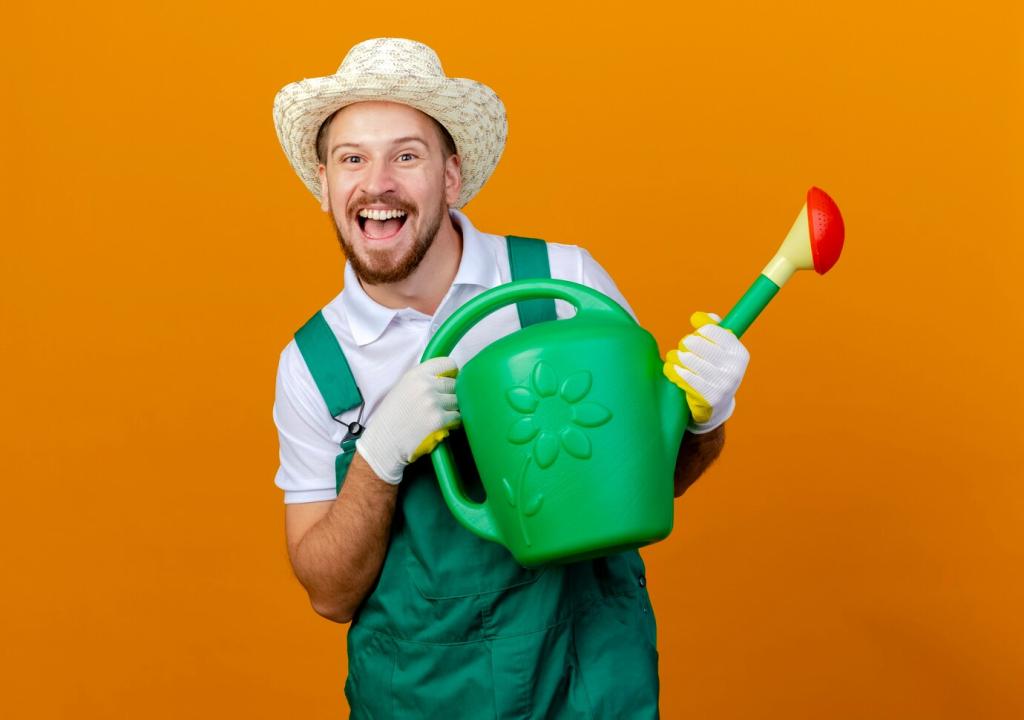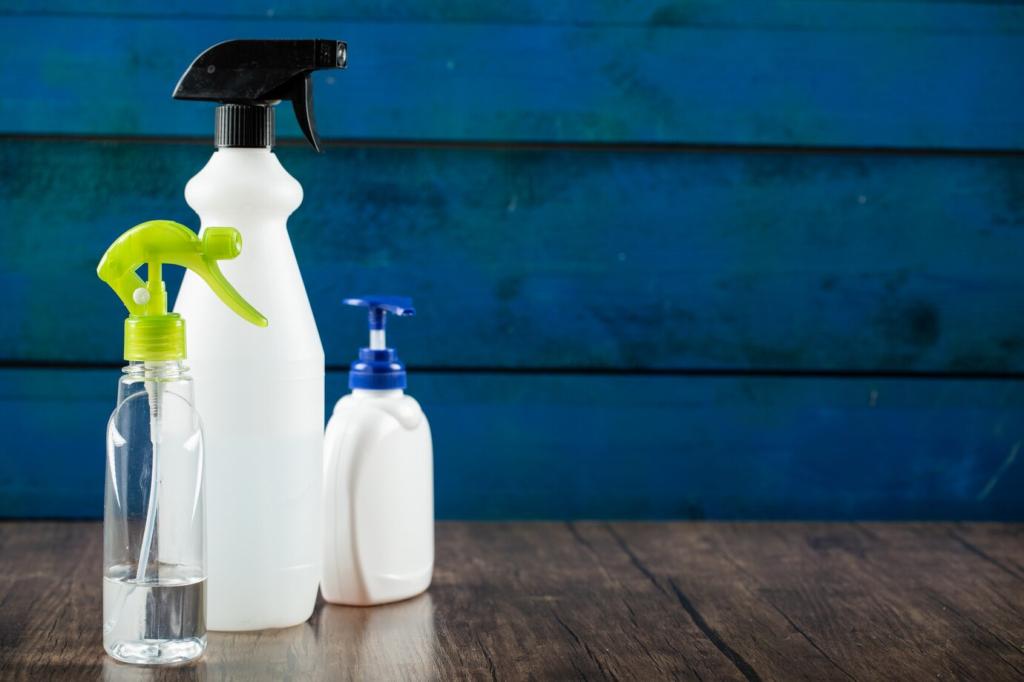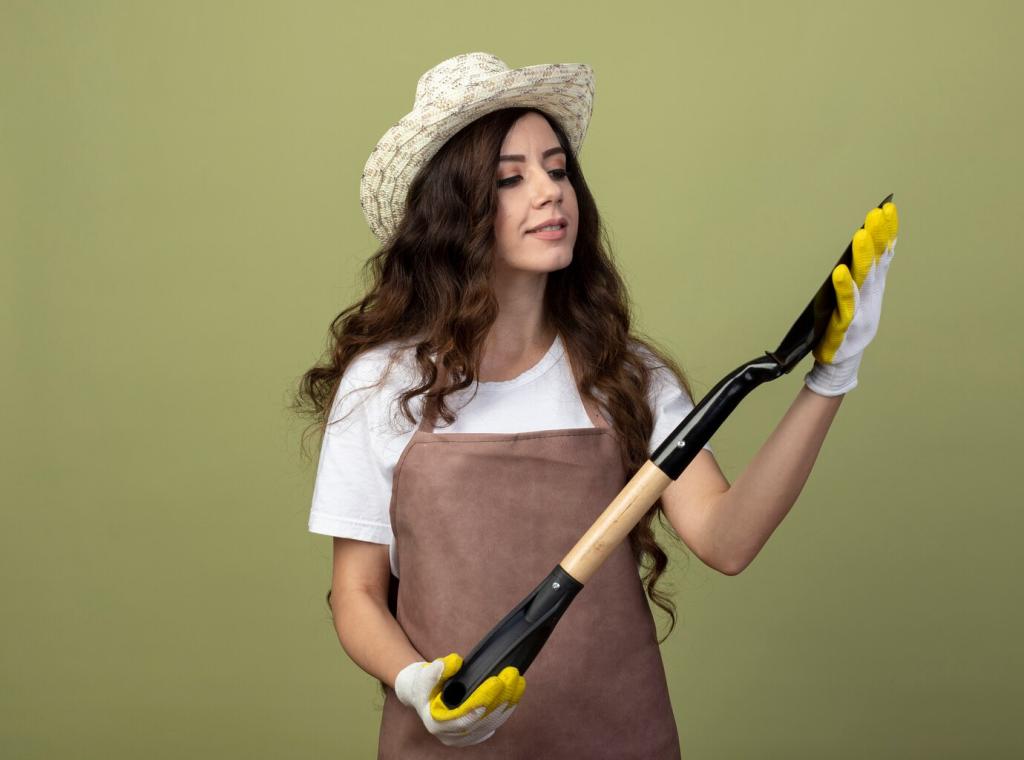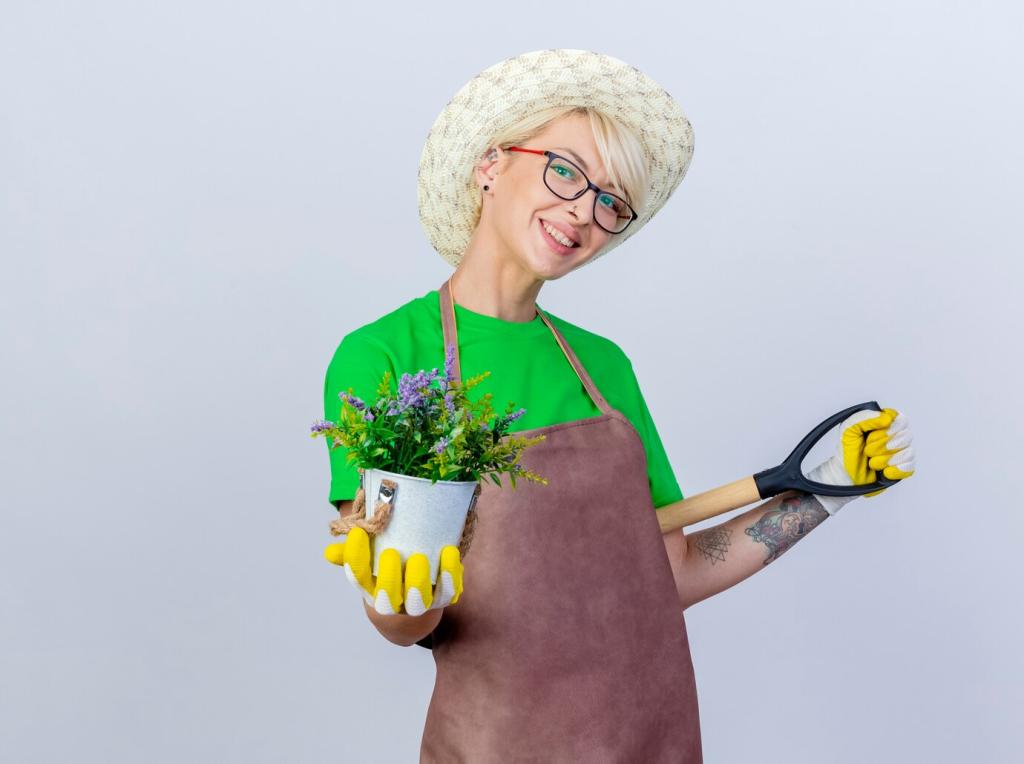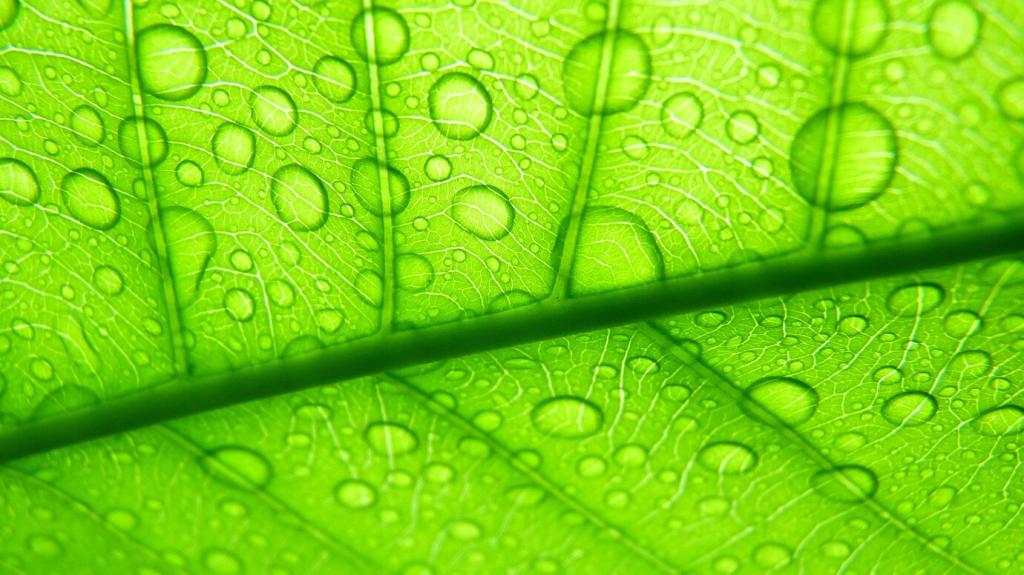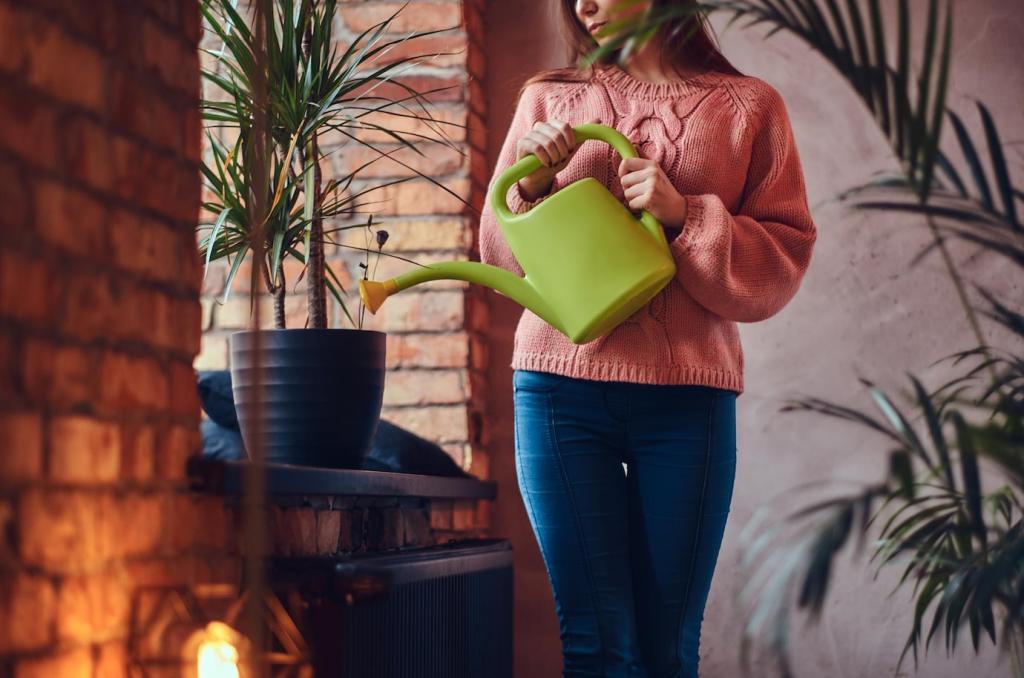A Non-Toxic Stain Playbook: From Coffee to Crayons
Blot immediately with a clean, dry cloth—never rub. Apply a mix of two cups distilled water and a teaspoon of castile soap. Blot from the outside inward, then finish with a light pass of diluted vinegar to neutralize odors. Let dry thoroughly with moving air for best results.
A Non-Toxic Stain Playbook: From Coffee to Crayons
Gently blot, then apply chilled club soda to loosen pigments without harsh agents. Follow with a mild soap solution if needed. An anecdote we love: a reader rescued her linen loveseat this way after a berry crumble mishap—patient blotting and fresh air saved the fabric beautifully.

